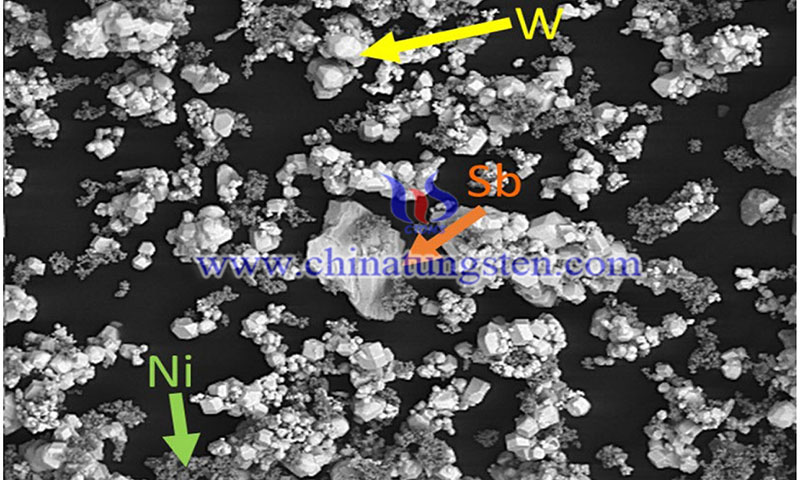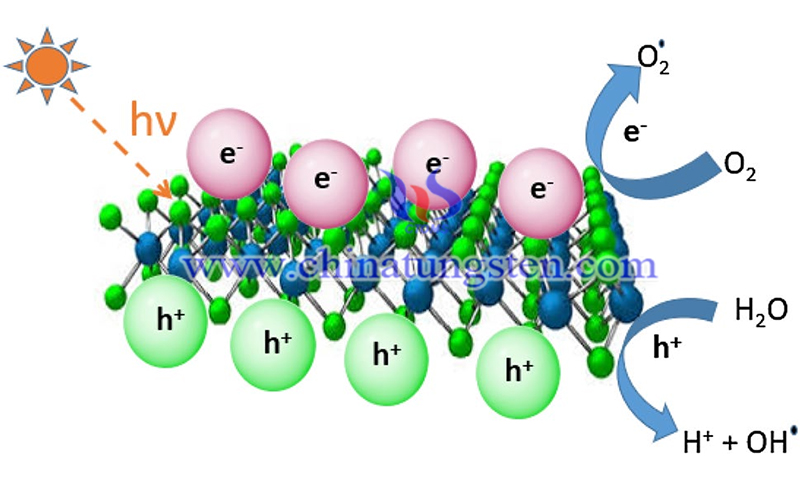Tungsten Disulfide for Electrode Materials of Supercapacitor
- Details
- Category: Tungsten Information
- Published on Monday, 05 September 2022 22:48
- Written by Caodan
- Hits: 1096

Recently, researchers demonstrated a specific capacitance of 398.5 F.g-1 for sheet tungsten disulfide anode materials. However, the performance of these materials remains unsatisfactory. Encouragingly, Nagaraju et al. synthesized WS2 nanoparticles used as supercapacitor electrode materials, which provided a high capacitance value of 1439.5 F.g-1 at a current density of 5 mA.cm-2 and maintained excellent cycling stability of 77.4% after 3000 cycles. This result suggests that WS2 can be considered a promising candidate for supercapacitor electrode materials.
Read more: Tungsten Disulfide for Electrode Materials of Supercapacitor
Tungsten Disulfide in Applications of Sodium-Ion Batteries
- Details
- Category: Tungsten Information
- Published on Monday, 05 September 2022 22:15
- Written by Caodan
- Hits: 1174

Tungsten disulfide possesses a much larger interlayer spacing of 0.62 nm than that of graphite (0.34 nm). This would be very favorable for the reversible process of Na+ intercalation/de-intercalation, making WS2 a promising anode material for sodium-ion batteries (SIBs). For example, Liu et al. reported WS2 nanowires (NWs) with an expanded interlayer spacing of 0.83 nm.
Read more: Tungsten Disulfide in Applications of Sodium-Ion Batteries
Applications of WS2 Nanomaterials in Batteries
- Details
- Category: Tungsten Information
- Published on Wednesday, 31 August 2022 21:57
- Written by Caodan
- Hits: 1093

As potential high-capacity anode materials for Lithium-ion batteries (LIBs), TMDCs have gained considerable attention, especially WS2 nanomaterials, which exhibit a higher theoretical specific capacity (433 mAh.g-1) than commercial graphite due to the 2D layer structure and the large platelet space. When used as an anode for lithium-ion batteries, WS2 exhibits an increasing lithium storage capacity. For example, Liu et al. prepared an ordered mesoporous WS2 as an anode for LIBs, which showed a high lithium storage capacity of 805 mAh.g-1 at a current of 0.1A.g-1.
Low-temperature Sintering Tungsten-nickel-antimony Heavy Alloy
- Details
- Category: Tungsten Information
- Published on Thursday, 01 September 2022 09:55
- Written by yuntao
- Hits: 1186

Read more: Low-temperature Sintering Tungsten-nickel-antimony Heavy Alloy
Photocatalysis of Tungsten Disulfide
- Details
- Category: Tungsten Information
- Published on Wednesday, 31 August 2022 21:54
- Written by Caodan
- Hits: 1129

Tungsten disulfide (WS2) is a semiconductor with a band gap, which gives WS2 a wide range of light absorption, and therefore, WS2 can be considered a promising photocatalyst for photocatalysis degradation of organic pollutants and hydrogen production from water decomposition. WS2 extends the light absorption region to the long-wave direction, and through morphological tuning, WS2 can achieve near-infrared photocatalytic activity.





 sales@chinatungsten.com
sales@chinatungsten.com